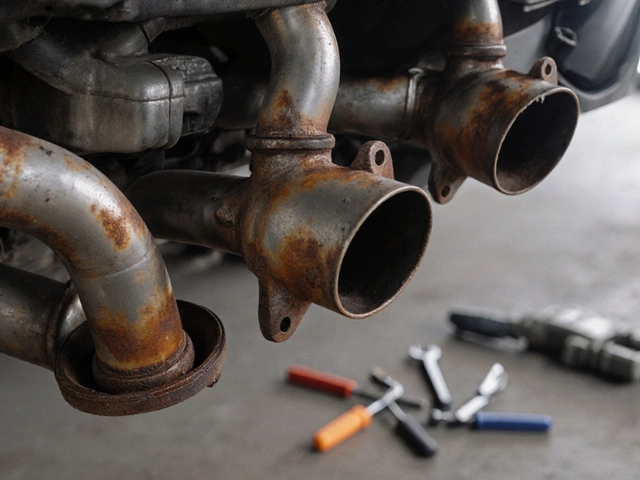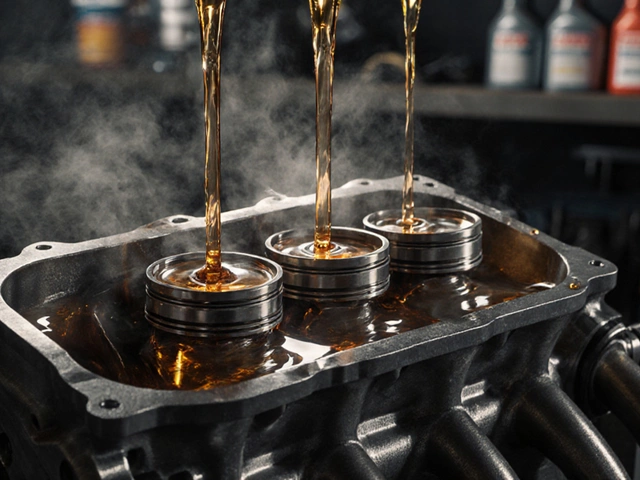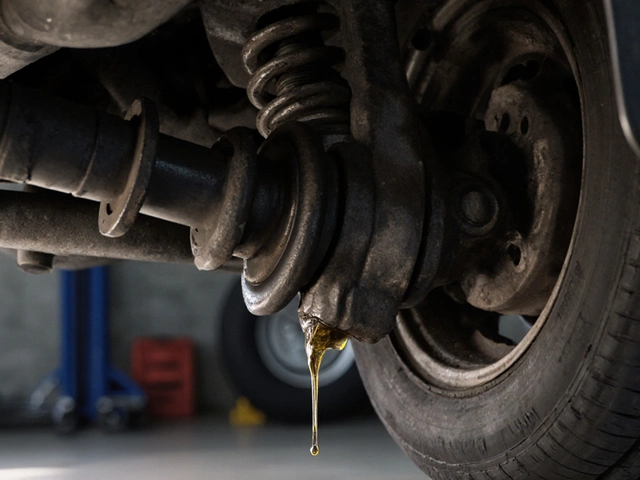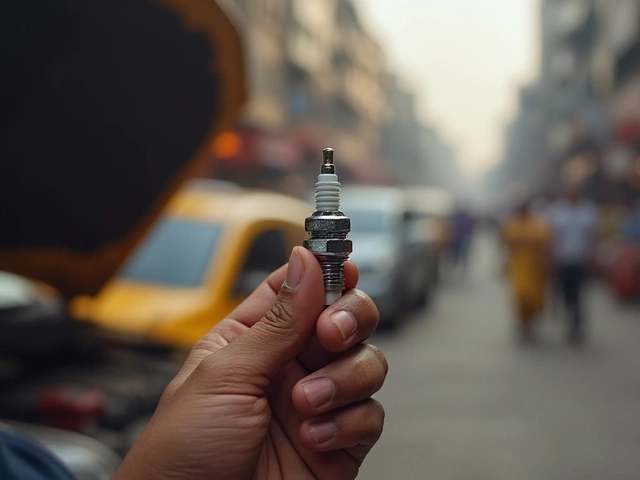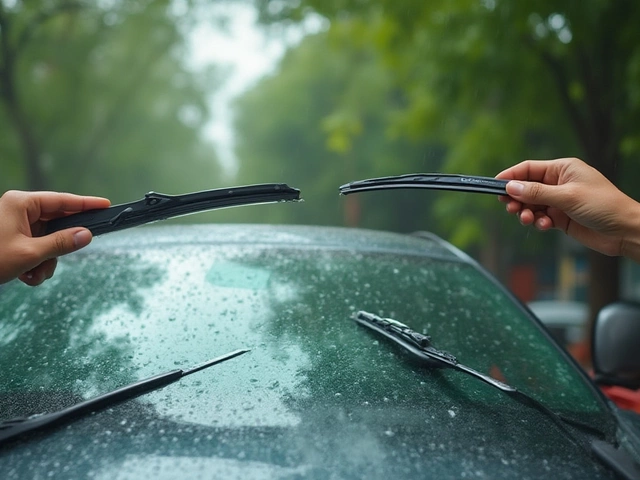Car Wipers: What They Do, When to Replace Them, and What You Need to Know
When your car wipers, the rubber blades that clear water, snow, and debris from your windshield. Also known as windshield wipers, they’re one of the few safety features you might forget until you’re driving in a downpour with zero visibility. If they smear, chatter, or leave streaks, you’re not just dealing with an annoyance—you’re driving blind. A worn wiper blade can cut your reaction time in bad weather by half. And it’s not just the rubber that fails—the wiper arm, the metal part that presses the blade against the glass can bend or lose tension, making even new blades useless.
Most drivers don’t check their wipers until it’s raining too hard to see. But the truth is, wiper blades degrade over time, even if you don’t use them often. Sunlight, heat, and cold crack the rubber. Dust and dirt wear down the edge. A simple test? Lift the blade off the glass and let it snap back. If it doesn’t lie flat or if you hear scraping, it’s time to replace it. You don’t need a mechanic for this. A new set of wiper blades, the replaceable rubber strips that do the actual cleaning costs less than $20 and takes five minutes to install. The problem isn’t the cost—it’s the delay. People wait until they can’t see the road ahead, then panic. By then, it’s too late.
What you might not realize is that wipers aren’t just about rain. In winter, ice and salt buildup can tear the rubber or bend the arm. In dry, dusty areas, sand grinds the blades into uneven edges. Even a single bad wipe can hide a pedestrian, a stop sign, or a sudden brake light. And while most cars have front wipers, some SUVs and hatchbacks also rely on a rear windshield wiper, a smaller blade on the back glass that clears spray from road debris. Sedans often skip it because of design choices, but if your car has one and it’s broken, you’re driving with half your visibility gone.
There’s no magic timeline for replacement. Some people change wipers every six months. Others wait two years. The real rule? Replace them when they stop doing their job. If you notice streaks, skipping, or noise, don’t wait for the next storm. Keep a spare set in your glovebox. Check them every time you fill up. And if you live where winters are harsh, swap them in fall—before the first snow. It’s not glamorous. But it’s one of the easiest, cheapest, and most life-saving things you can do for your car.
Below, you’ll find real advice from drivers and mechanics on how to pick the right blades, how to fix common wiper problems without buying new parts, and why some cars just don’t have rear wipers—and whether you should care. These aren’t theory pieces. They’re fixes that work, costs that match reality, and warnings you won’t hear from the dealership.
Silicone vs Rubber Wiper Blades: Which One Lasts Longer and Performs Better?
Silicone wiper blades last longer, perform better in rain and snow, and reduce noise compared to rubber blades. Find out which one is truly better for your car in New Zealand's tough weather.
CONTINUE READING